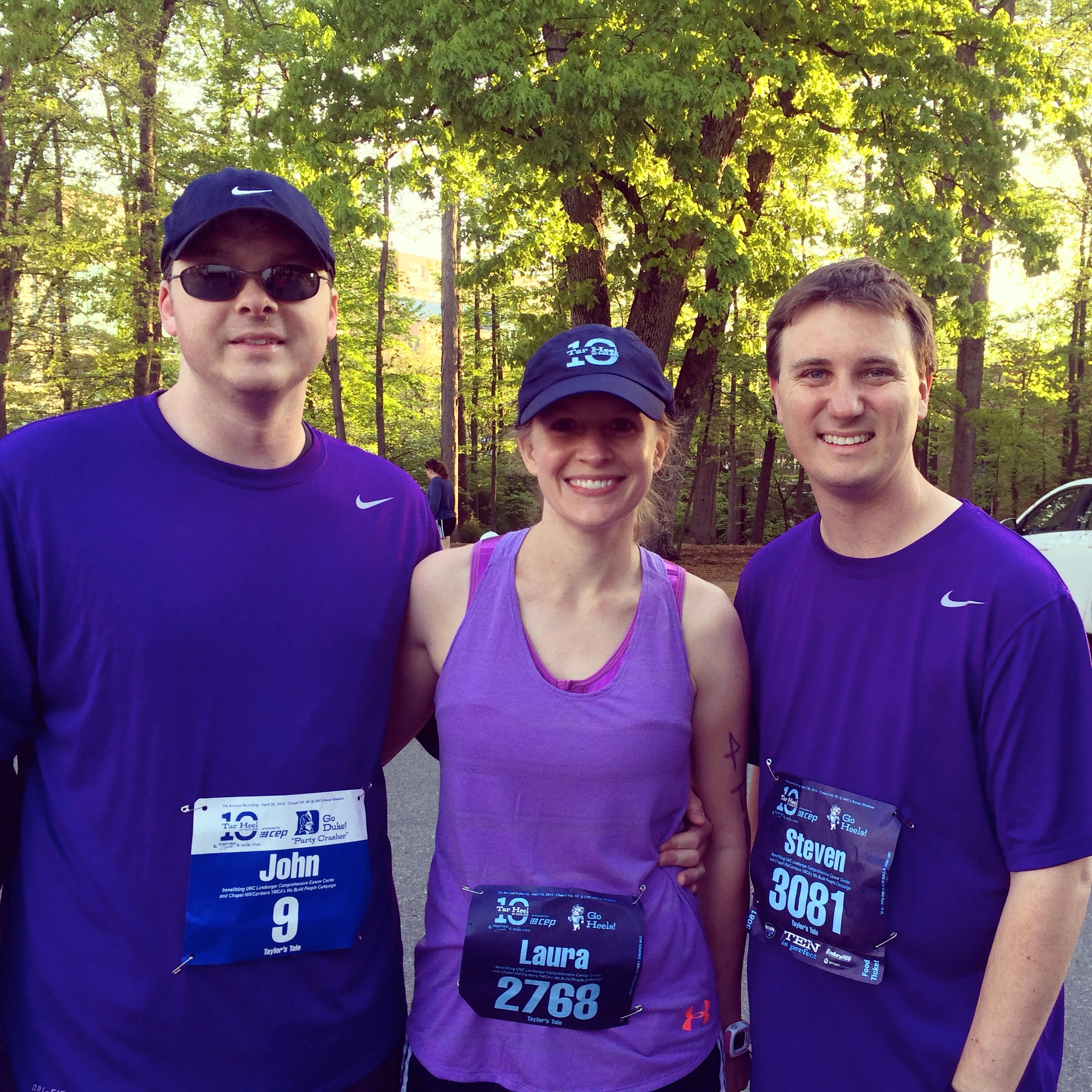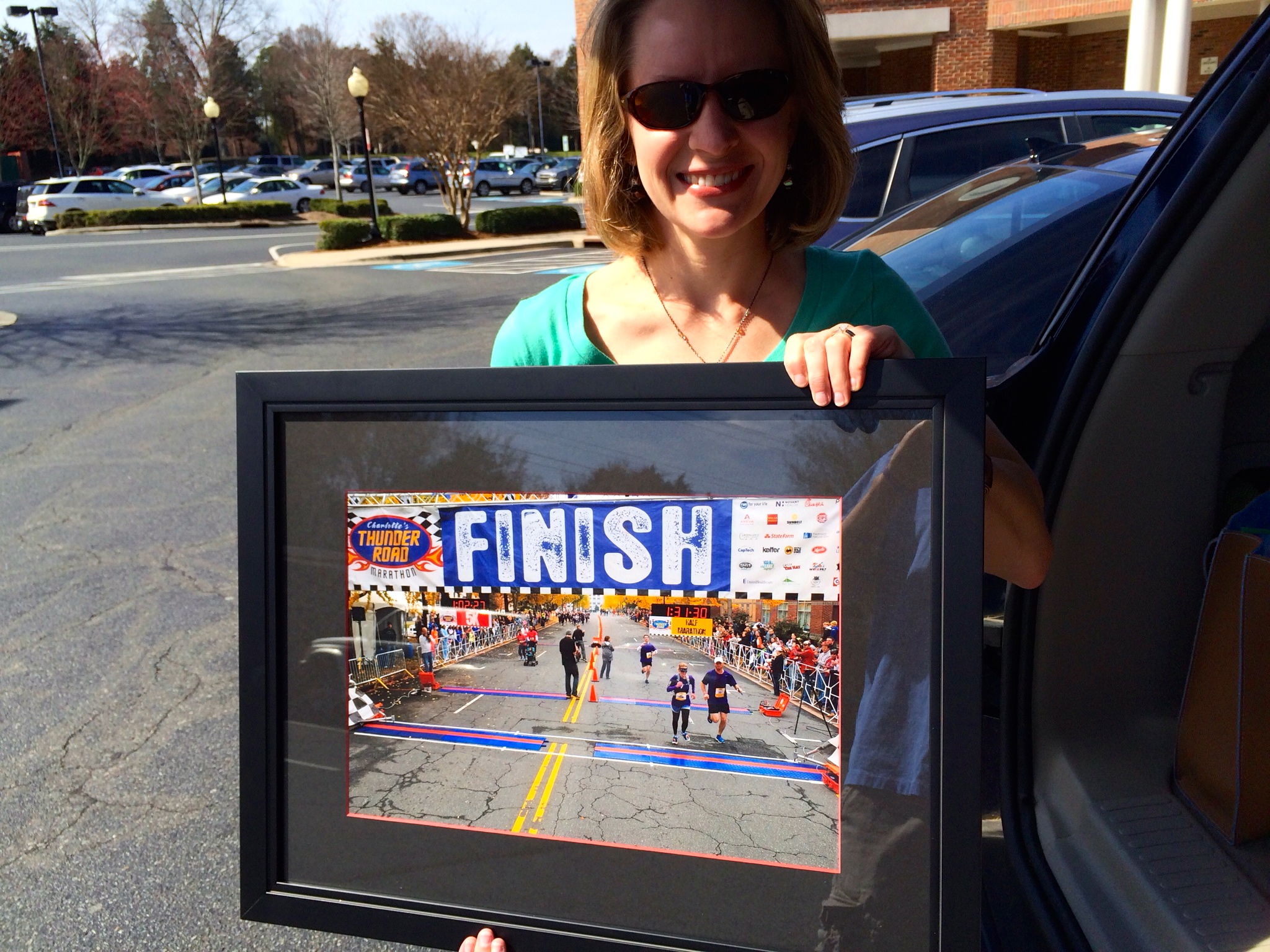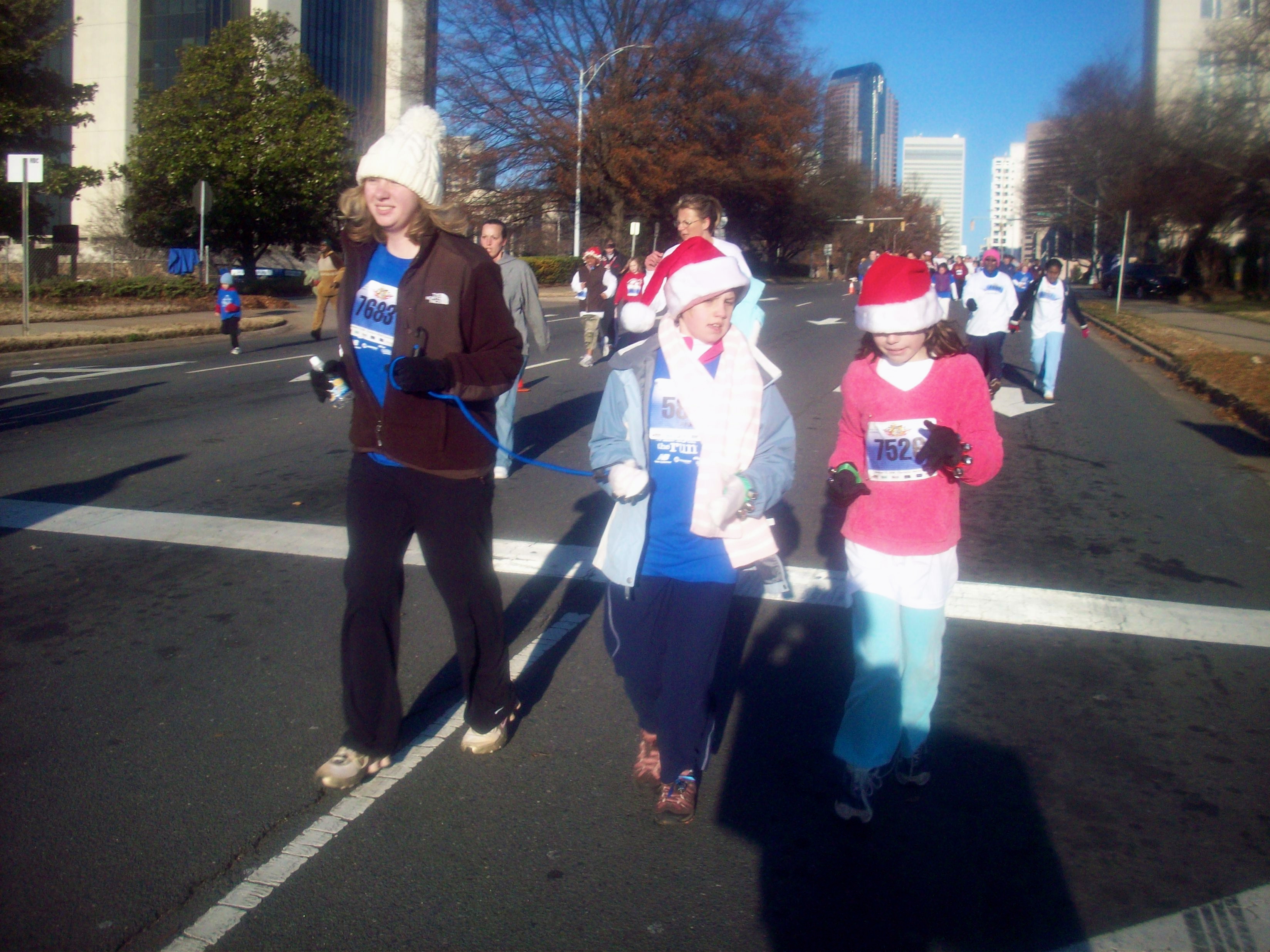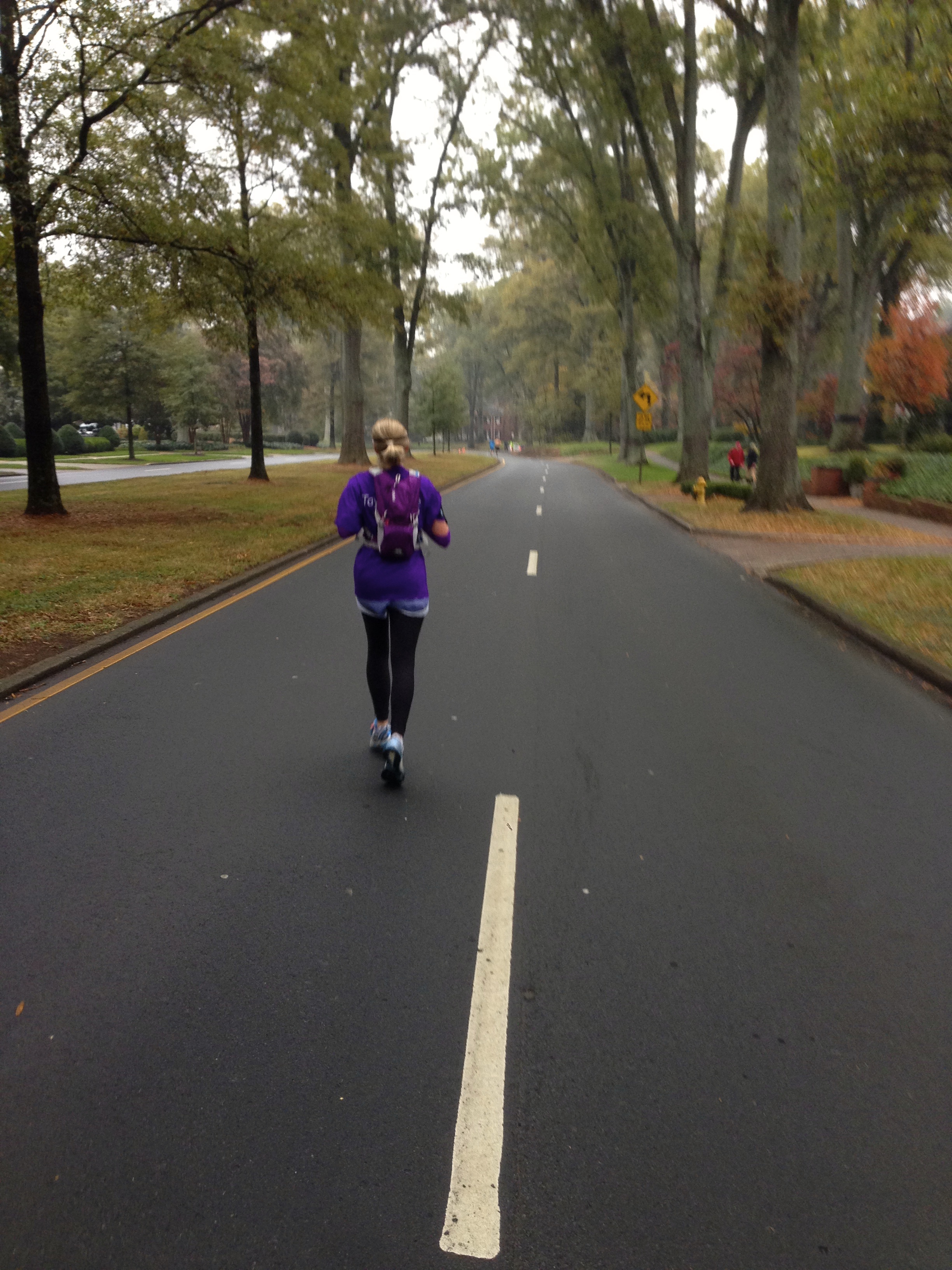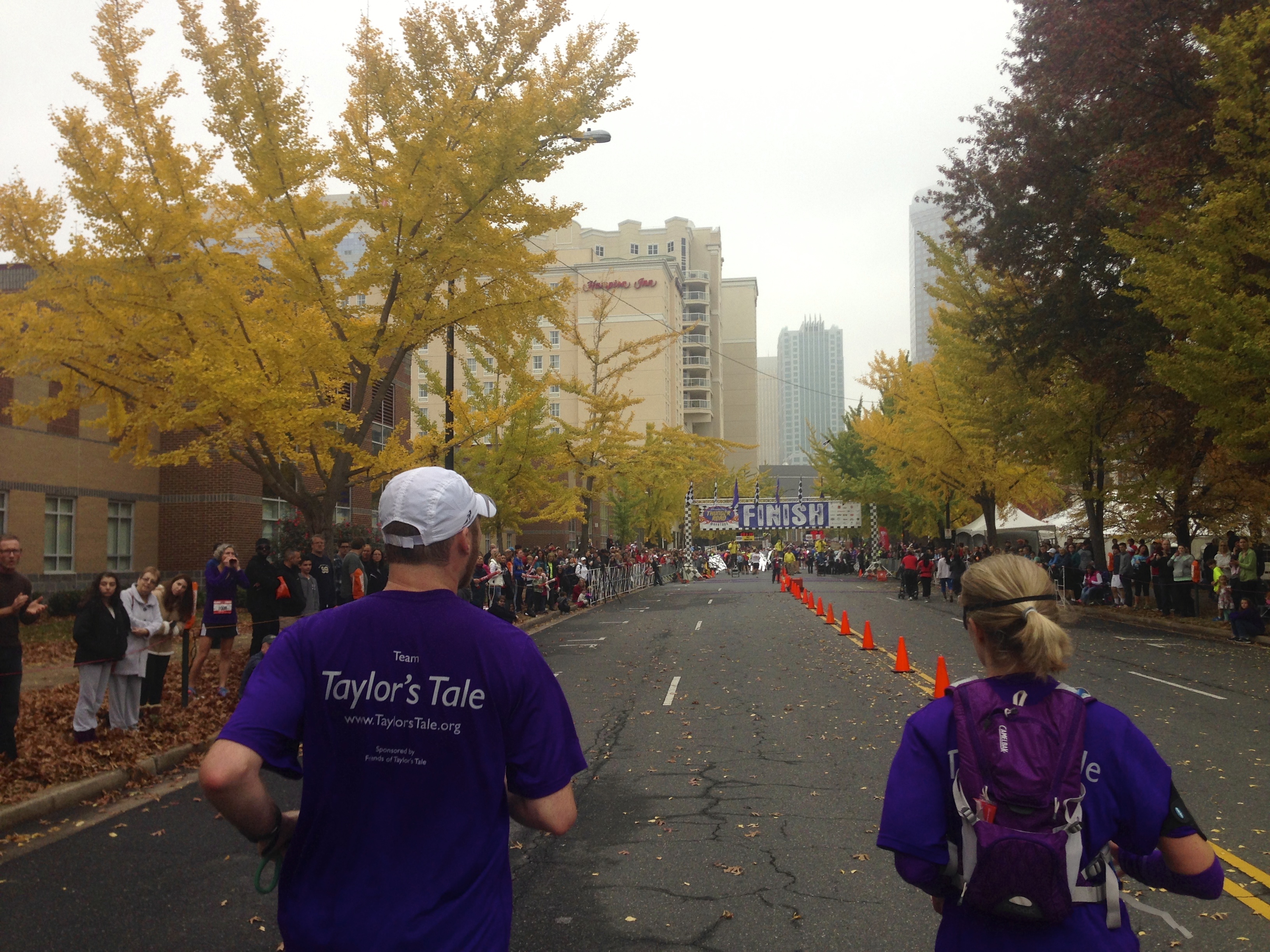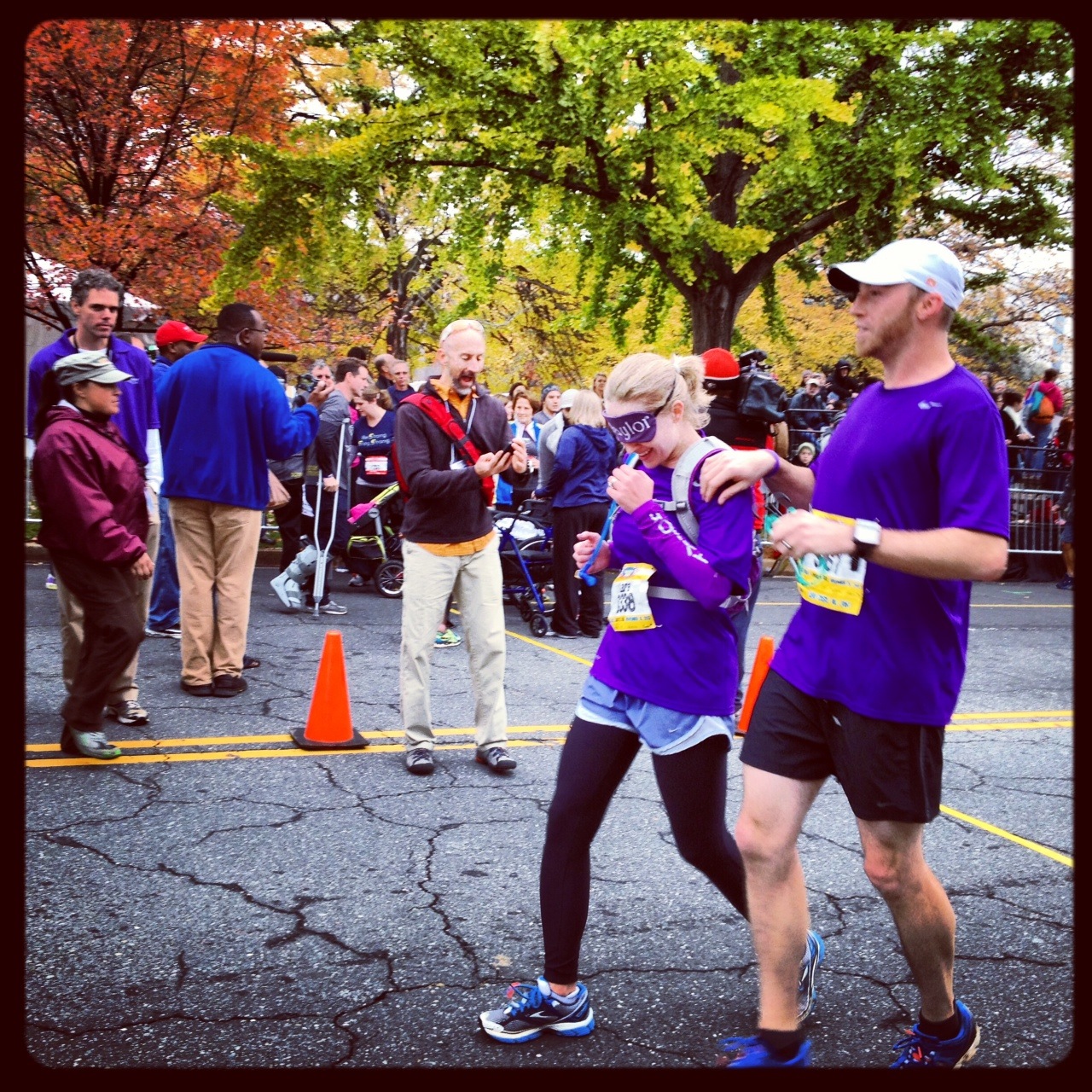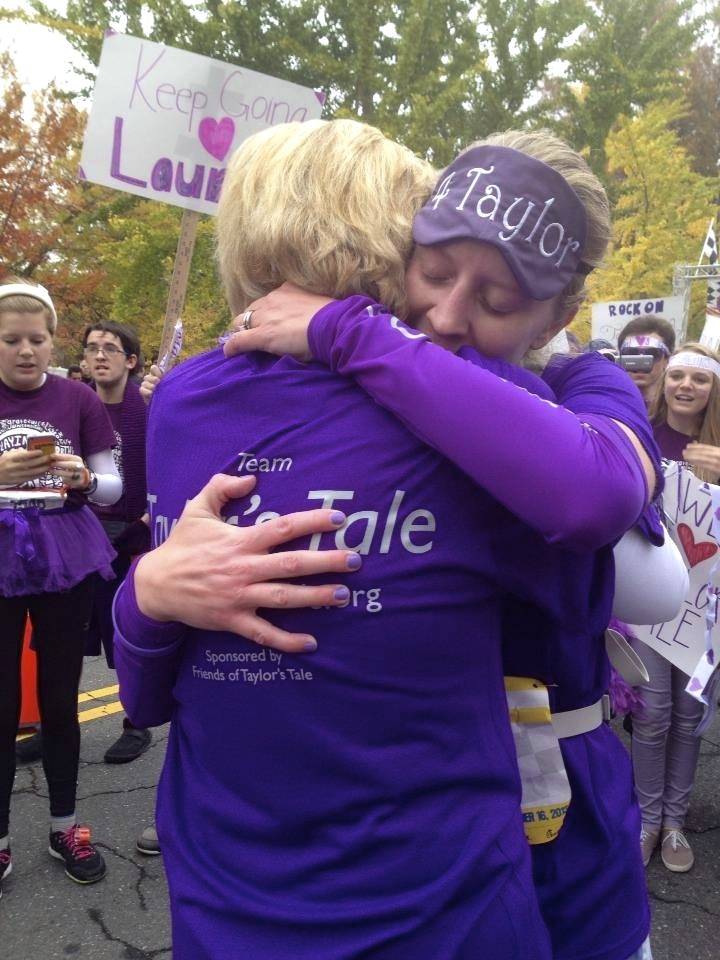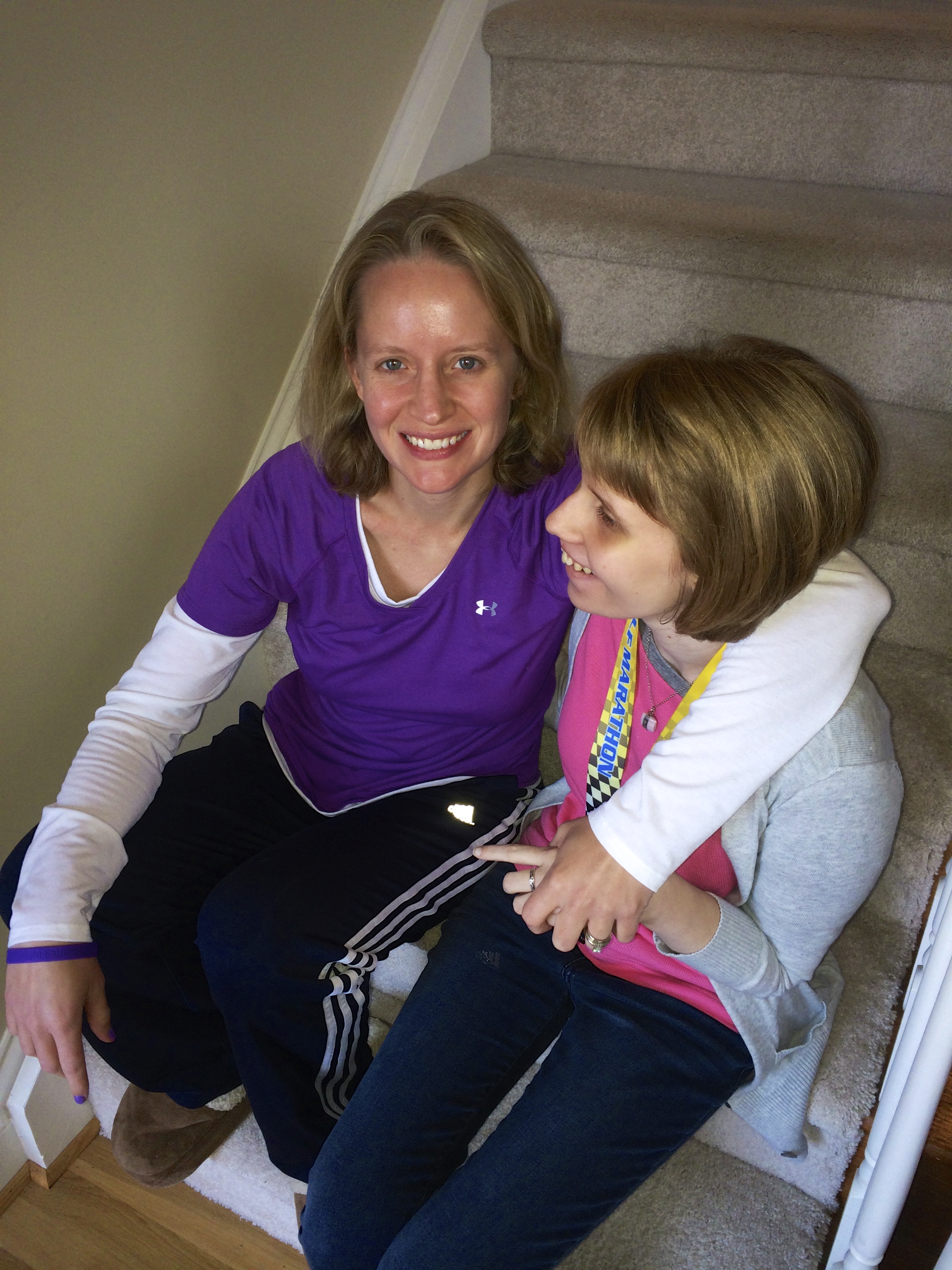Early this morning, I learned of the death of Jasper Duinstra in the Netherlands. When I saw the news on Facebook, my eyes misted and my legs went numb and my heart caught in my throat. But I’m supposed to be strong, so I wiped my eyes and shook out my legs and swallowed the knot, and I stood up at my desk and walked to a meeting.
Jasper’s family is Dutch but briefly lived in the U.S., where they formed fast friendships with other families fighting Batten disease. Jasper’s parents, Bou and Pip, believed in approaching the challenges of Batten disease in the same spirit as their young son’s approach to life – a spirit of enthusiasm and commitment. They established a fund, Jasper Against Batten, to support potentially lifesaving research. continue reading →

